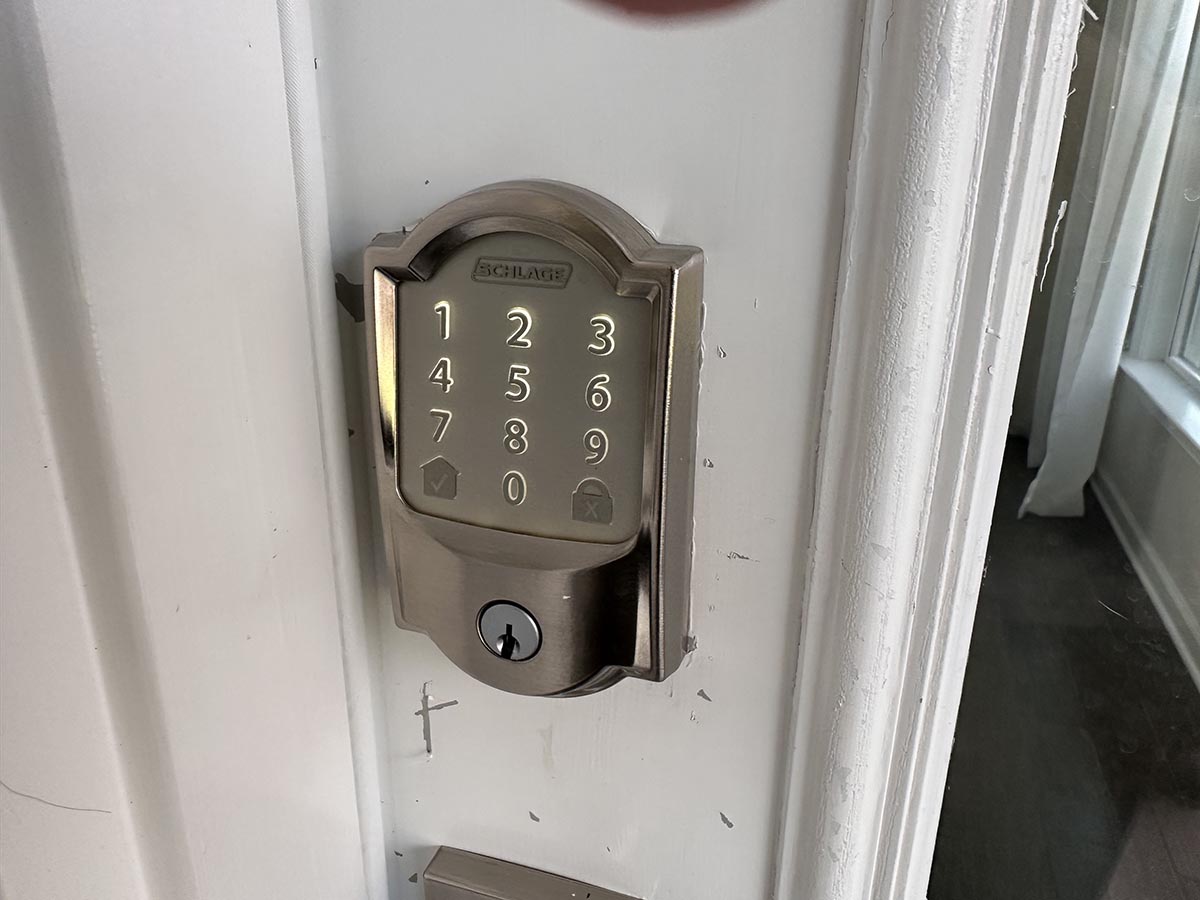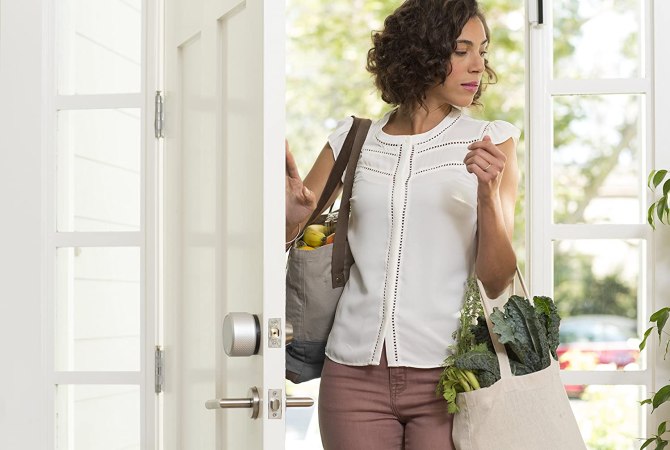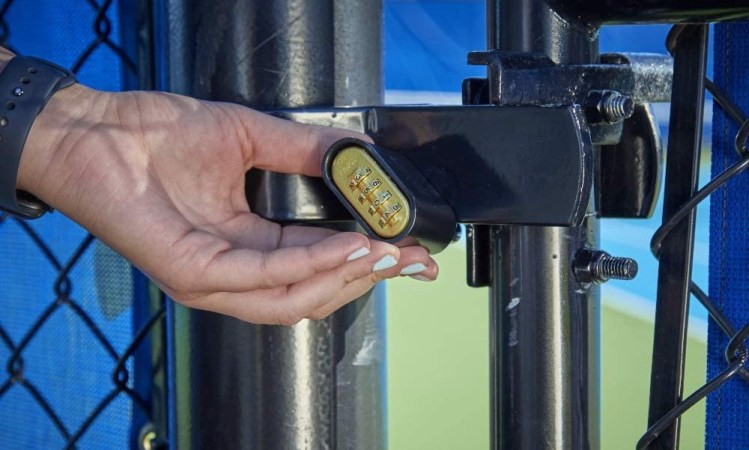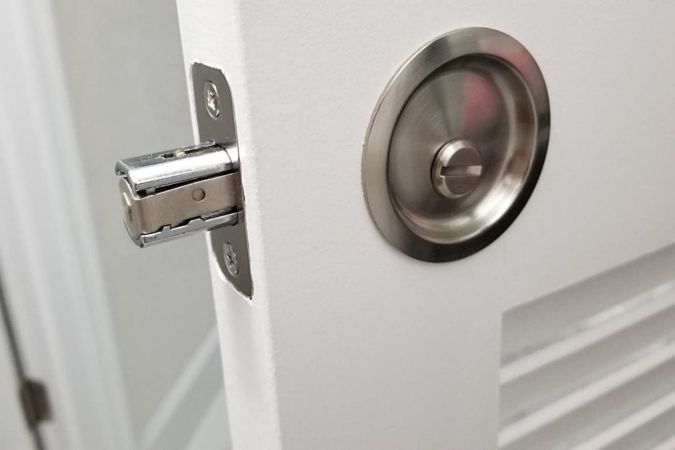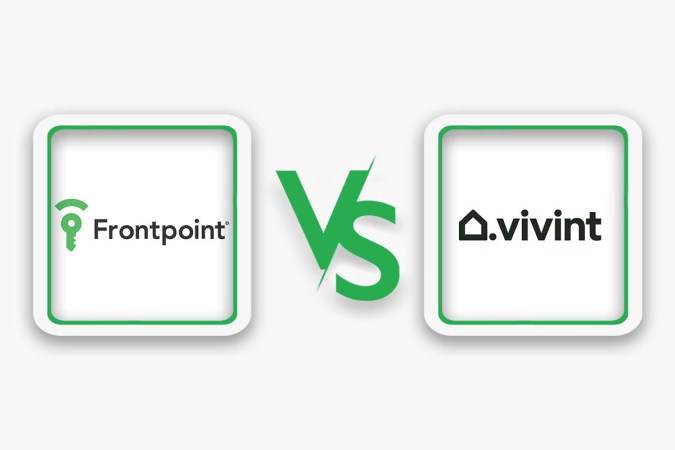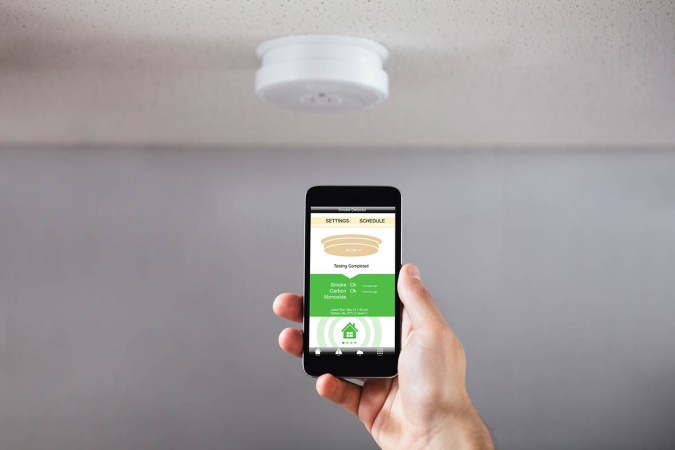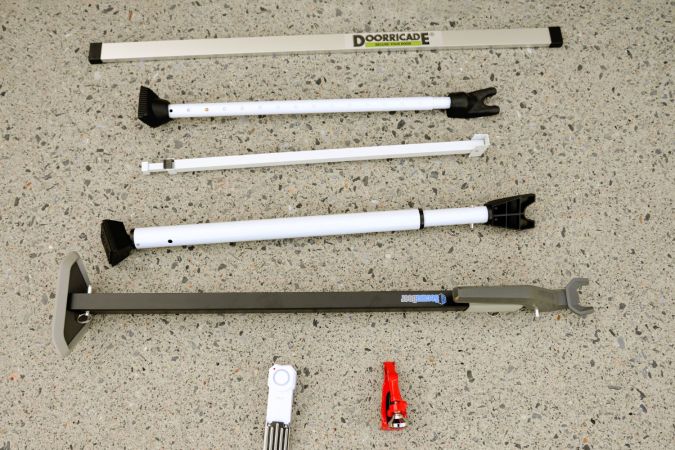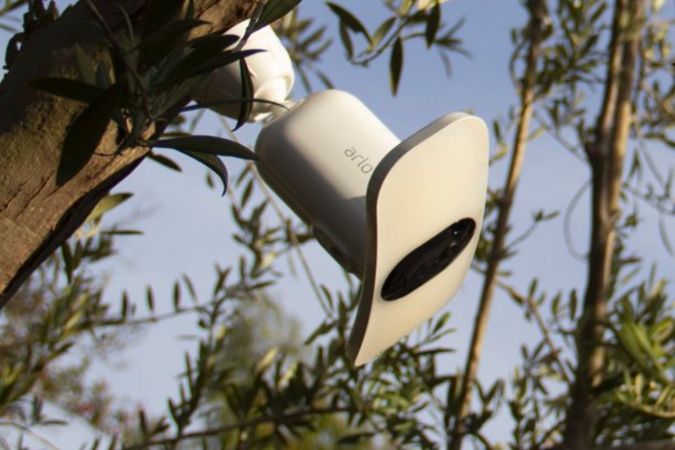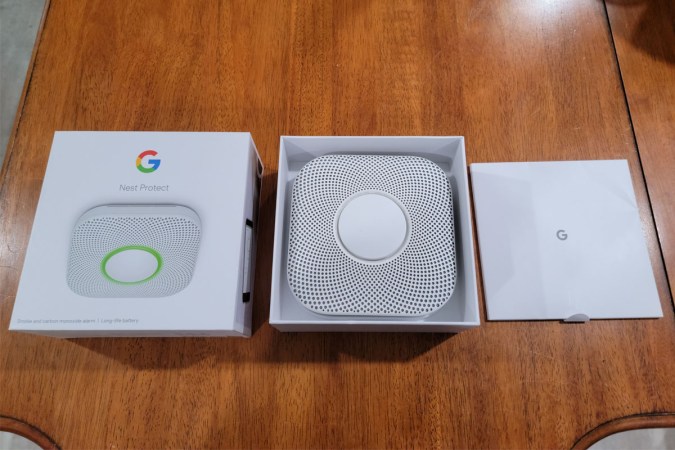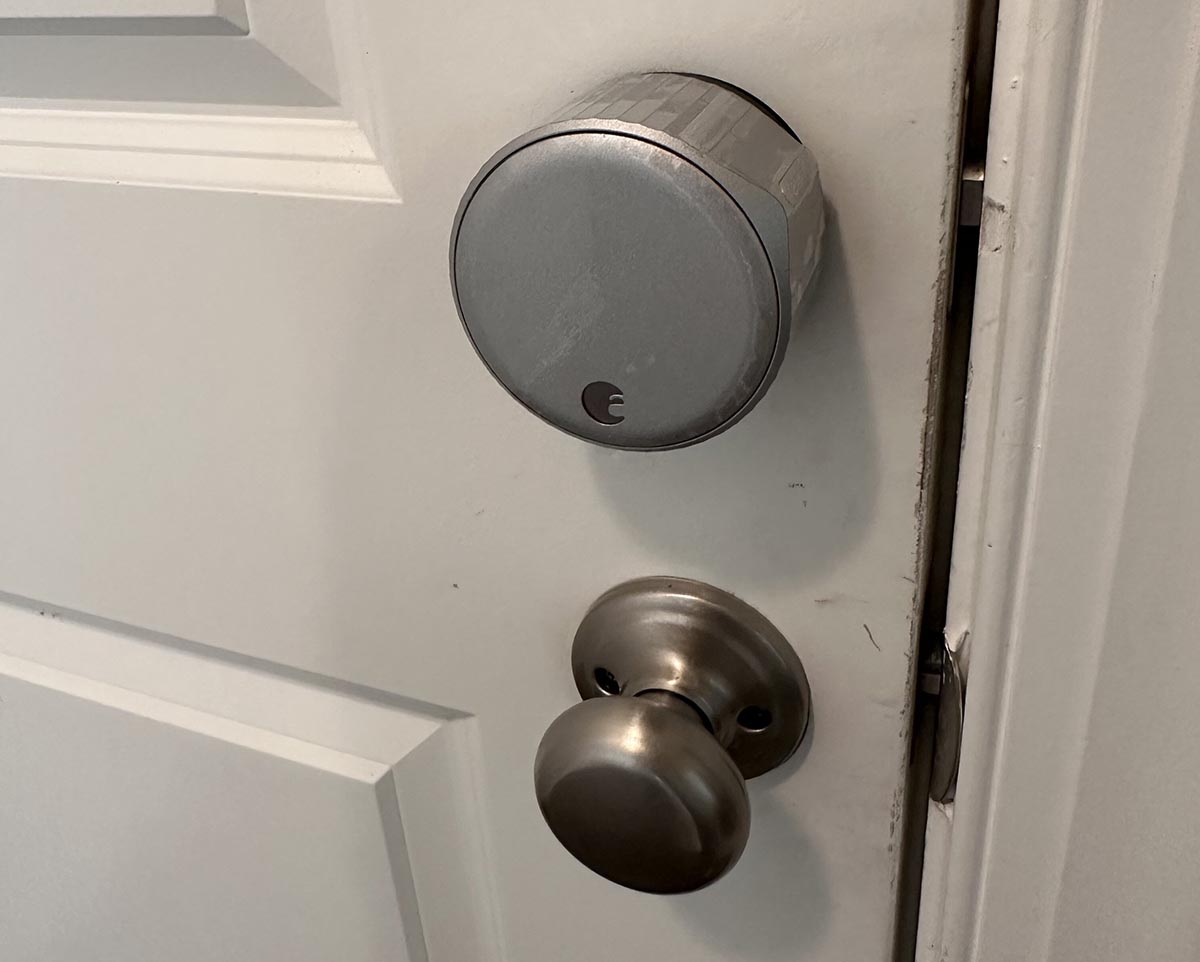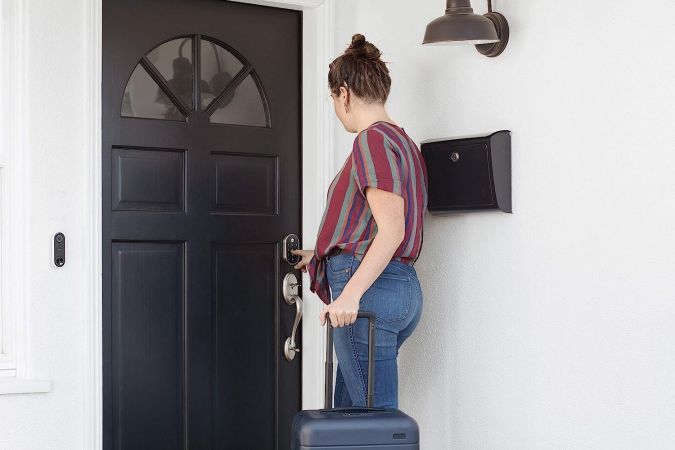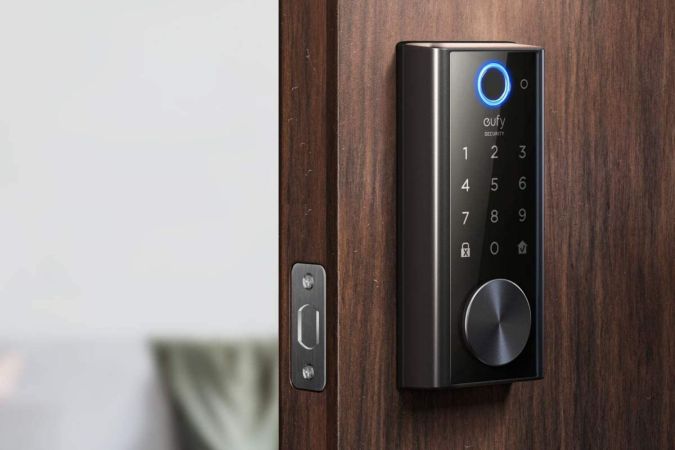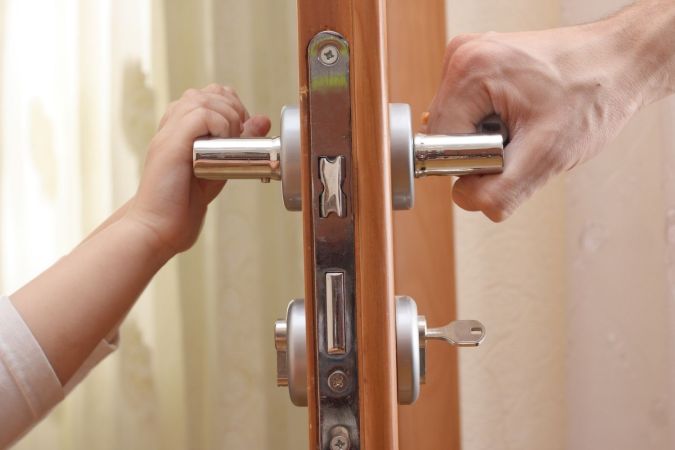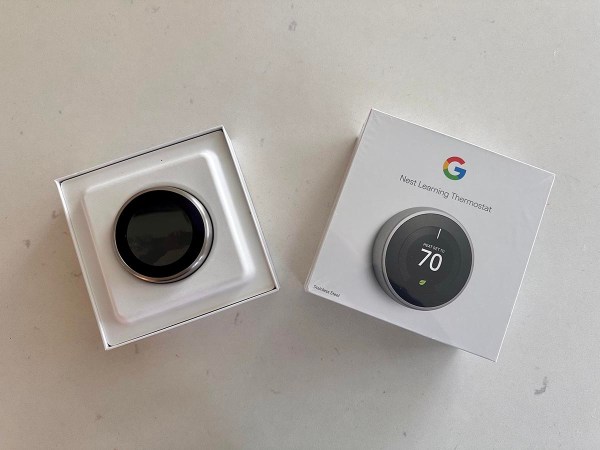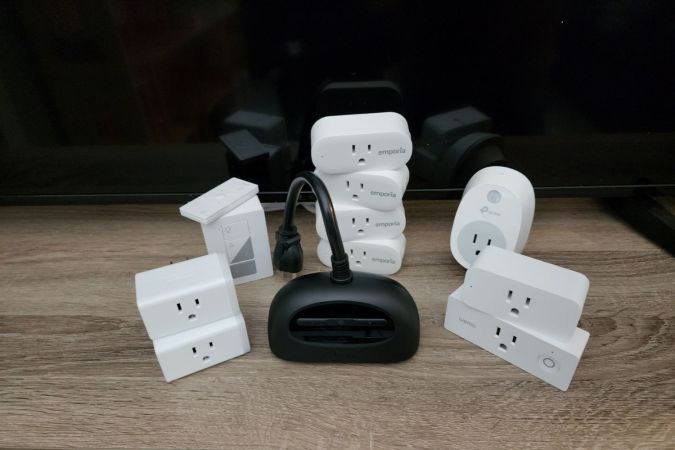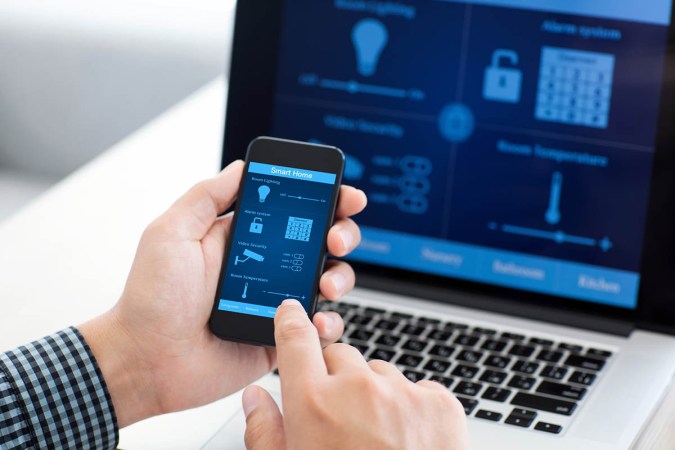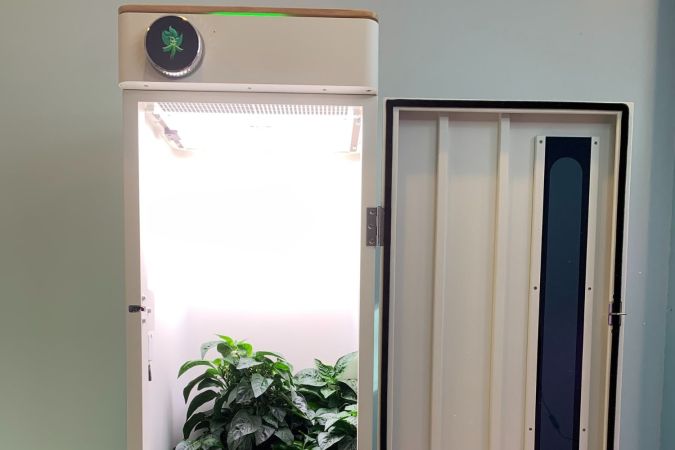We may earn revenue from the products available on this page and participate in affiliate programs. Learn More ›
As far as smart locks go, Schlage’s Encode is certainly one of the most imposing, boasting the highest American National Standards Institute (ANSI) security rating, classy looks, and a bevy of automation features. However, the Encode is also one of the priciest smart locks on the market, which begs the question: Is it worth it? During our testing of the best door locks, we tested the Encode ourselves to find out if it was worthy of protecting our castle.
Schlage Encode Smart Wi-Fi Deadbolt: At a Glance
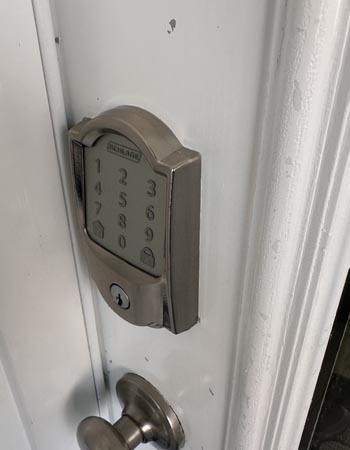
Rating: 9.25/10
SPECS
- Type: Smart lock
- Lock quality: Grade 1
- Material: Zinc
PROS
- Features the highest ANSI security rating for a residential door lock
- Offered in 3 attractive trim styles and various color options
- Loaded with smart features, including auto lock and customizable, user-specific timers
CONS
- One of the most expensive residential locks on the market
- Can be a little challenging to install without the help of another person
- Lacks auto unlock, a feature found on other smart locks
Get the Schlage door lock at:
What is the Schlage Encode?
The Encode is Schlage’s top-of-the-line smart lock. It is designed to sync with a home’s Wi-Fi network, allowing the user to control the lock from virtually anywhere using the Schlage mobile app. The app also has other features, including auto-locking and customizable scheduling. Along with using the app, the lock can also be locked or unlocked using the keypad on the lock or with a standard key. The Encode is offered in various finishes and three trim options: Camelot, which is the fancier of the three with its curved and beveled housing, and the more modern-looking Century and Greenwich options.
Installing the Schlage Encode
Installing the Encode is similar to installing any other smart lock, which is to say it can be a bit of a challenge. After removing our existing deadbolt lock, which wasn’t particularly difficult, we needed to measure the distance of the hole in our door to ensure it was compatible. Luckily, we didn’t need to make any structural changes to the door itself to install the Encode.
As with other smart locks, the Encode consists of three pieces: the exterior portion, which consists of the control pad; the interior casing, which houses the lock’s mechanical and electronic components; and the bolt mechanism, which is sandwiched between the two.
The installation only requires a screwdriver and involves just a few screws, but the process can be a little tricky. The user has to connect a backplate to the exterior faceplate using two long screws. The tricky part involves doing this while also passing the screws through a bolt. Unless you have an extra set of hands to help you, holding and aligning all these parts simultaneously can be a challenge.
You can either use the included print installation instructions as a guide or download the app and follow a step-by-step animated guide. Once the lock is installed, the app will walk you through the setup process, including creating a 4- to 8-digit code for the keypad and connecting the smart lock to your Wi-Fi network.
Using the Schlage Encode
Once the Encode is up and running, there are various ways to control it. You can lock and unlock it the old-fashioned way with a key, enter a code on the keypad, or use the app.
When you sign into the app, you’ll see a large button in the middle of the screen that displays the lock’s status. You can lock or unlock the door by simply pressing on that icon.
The app is chock full of useful features. The lock’s built-in alarm, which will go off in the event it detects a forced entry, can be turned on or off. We particularly liked the auto-lock delay, which automatically locks the door after a specified amount of time has passed. While there are other smart locks with similar auto-locking features, the Encode allows the user to set a delay ranging from as little as 15 seconds up to 10 minutes. We found this to be a useful feature for members of the household who often forget to lock the door behind them.
You can also create and delete access codes and even set individual schedules for each access code, which is a great feature if you have guests or workers who come to your home while you’re not around. A log on the app keeps track of the codes entered on the pad, allowing you to see a time-stamped record of who’s coming and going.
The only feature missing is auto unlock, which utilizes geofencing technology to allow users to unlock the door without entering a code or opening a phone app. This is a convenient feature—for example, it comes in handy when your arms are full of groceries. If auto unlock is a crucial feature for you, you can pay a little more for the Schlage Encode Plus, which allows users to open the lock by tapping it with an iPhone or Apple Watch.
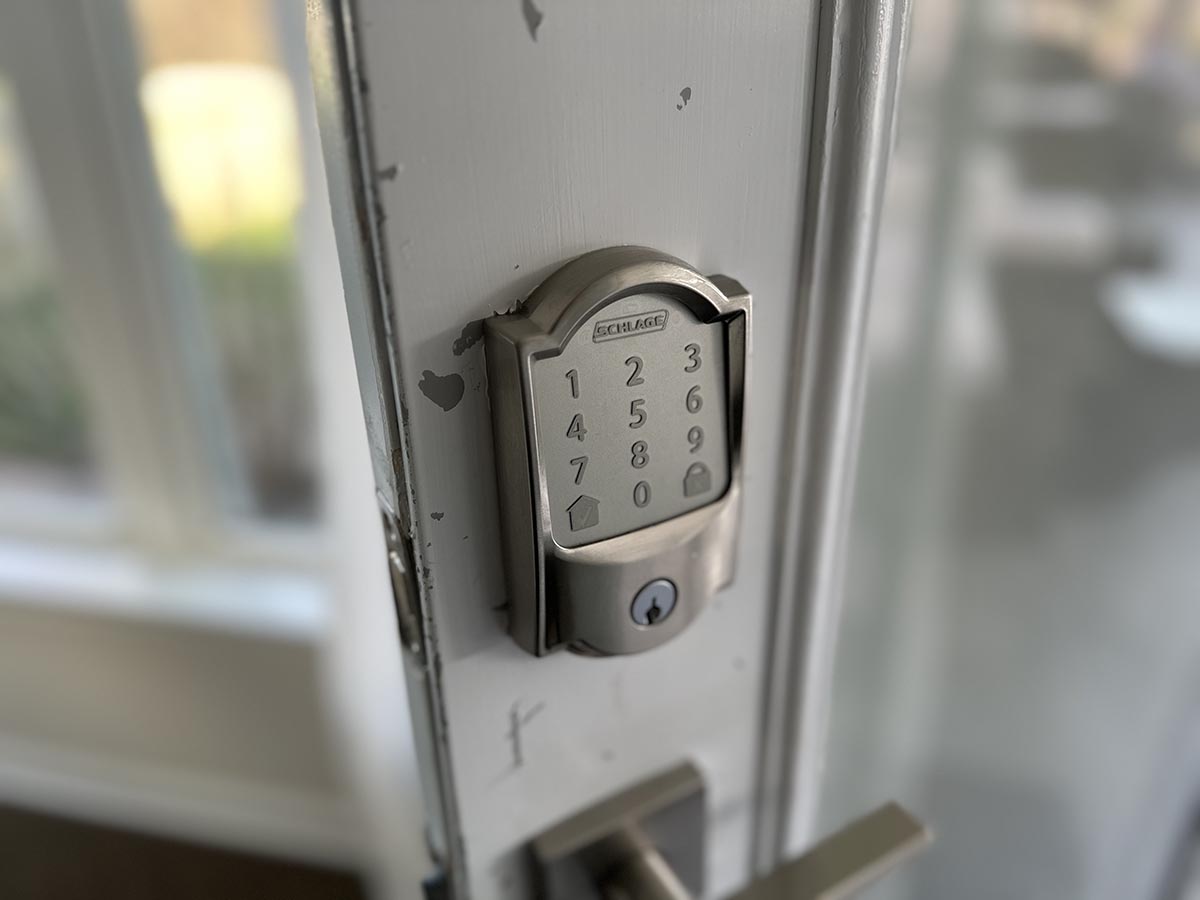
Schlage Encode Appearance
Smart locks are typically large, and the Schlage Encode is no exception. The large size of smart locks typically makes them something of an eyesore. Thankfully, that’s not the case with the Encode. Schlage clearly put a lot of effort into making the Encode something that will complement rather than detract from your home’s curb appeal.
Our test model was the Camelot, which features a housing with a stylish and sophisticated curved beveled edge that wraps around the housing. The keypad has a matte white background, which is less conspicuous than those with a shiny black touch pad. If you’re not into curves, the Encode also comes in Greenwich, which has cleaner lines, and the Century, which has a more contemporary look.
Since each trim style comes in multiple finishes, most people shouldn’t have a problem finding one that complements their door knob.
As with most smart locks, the interior of the Encode lock is more utilitarian. It consists of a fairly large casing that houses the lock’s motor and electronic components.
Quality of the Schlage Encode
Out of the box, the Encode feels beefier and tougher than most smart locks. We could certainly see it holding up to a lot of abuse. It boasts a Grade 1 ANSI rating, which is the highest security rating a residential lock can get. This means the lock is resistant to a variety of attacks that intruders employ to defeat locks, including forced entry, bump attacks, and picking. Because Grade 1 locks use at least five pins, it’s very difficult for a would-be thief to duplicate the key.
Is the Schlage Encode worth the money?
The Schlage Encode certainly isn’t a bargain-priced door lock, even by smart lock standards. At around $270, it’s one of the most expensive residential locks one can install on a door. That’s not to say it’s overpriced, though. Smart locks with the impressive functions and features that the Encode offers—such as customizable scheduling, auto-locking, a built-in alarm, and the ability to program unique codes for different users—carry a high price tag.
The Encode also boasts a designer look that’s versatile enough to complement different homes thanks to its three different trim styles and numerous finish options.
Couple those features with its Grade 1 ANSI security rating, and it becomes a little easier to understand why the Encode is pricey.
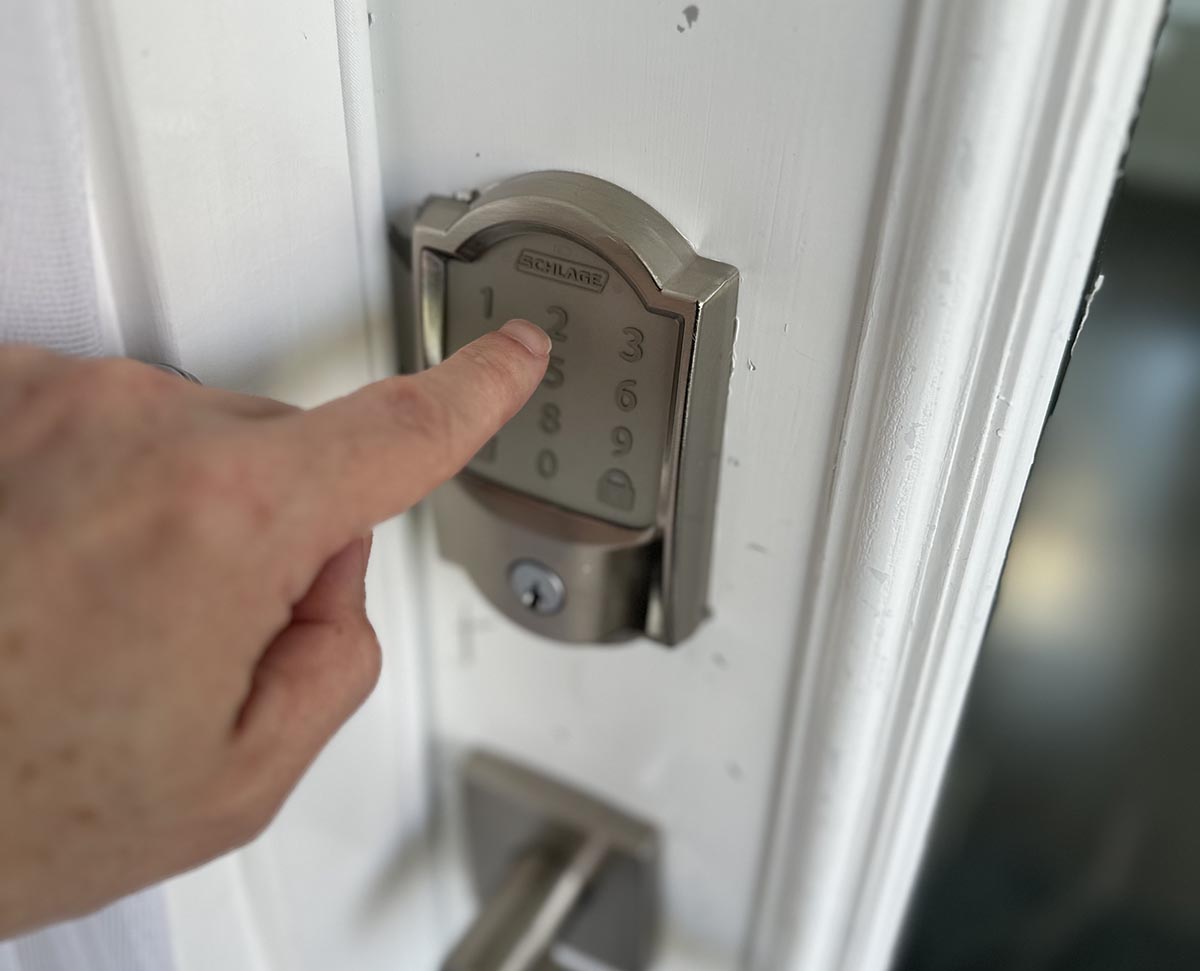
Should you buy the Schlage Encode?
Whether you should spring for the Encode depends on a few factors. If you’re looking for the functionality of a smart lock, the Encode has it. It’s Wi-Fi–ready, and the app is loaded with features. For example, the app lets you create unique codes and customized schedules for individual users, open and close the lock from virtually anywhere, and view a log of who’s locking and unlocking the door. There are also advanced security features, such as auto-locking and an alarm, that can be set to go off if the lock detects a forced entry.
While the Encode is one of the most expensive smart locks, it’s also one of few to offer ANSI’s Grade 1 security protection. This means it will resist efforts to defeat it better than most smart locks.
Aside from all its functional features, the Encode also looks good. Smart locks are inherently bulky. While that’s also the case with the Encode, its attractive style options make it one of the more aesthetically pleasing smart locks out there. We appreciated being able to choose from various trim styles and finish options.
If you want the functionality of a smart lock and the highest degree of protection offered by a residential door lock, and you’d like your front door to be adorned by a sleek-looking lock rather than a clunker, then the Encode is worth the investment.
That said, there are certainly more affordable smart locks on the market. August’s Wi-Fi smart lock earned high praise on our buyer’s guide, as did the Yale Assure Lock, and both cost about $100 less than the Encode. However, as a Grade 2 lock, the Yale Assure doesn’t offer the same level of security as the Encode, while the security of the August smart lock depends on the deadbolt it is paired with. And it’s worth noting that neither the Assure lock nor the August lock offers the same elegant look as the Schlage Encode.
Where to Buy the Schlage Encode
Get the Schlage door lock at:
Meet the Tester
Tony Carrick is a freelance writer specializing in home improvement, landscaping, technology, home security, and design. His articles have been featured on such sites as Popular Science, Futurism, Popular Mechanics, Domino, and more. Carrick has conducted rigorous product testing on everything from power tools to home security systems to backyard grills. With each review, his goal is to help readers determine whether a product meets their needs and whether it is or isn’t worth its price tag.

